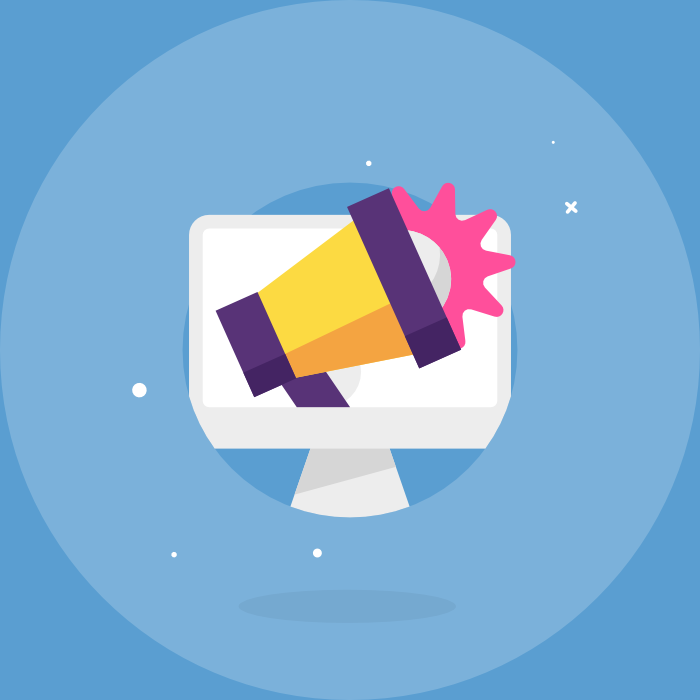Social media is one of the most important pillars of digital marketing. No matter what kind of brand you are promoting, it can always use some social media exposure.
However, you don’t have to hire a full-time social media manager, as there are plenty of online platforms and software that can help you do that easily and conveniently.
Recommended: Best 5 Ways to Become an Ace Team Manager
One of the most significant advantages of social media management programs like Buffer and Hootsuite is that they allow you to automate many marketing tasks, saving time and making your job easier.
However, not every social media task should be automated. In this blog post, we take a look at the top 5 such tasks.
- Customer Service
When it comes to customer service, you want to add a personal touch to the customer experience and steer clear of automated responses that often leave disgruntled customers even angrier.
This is because you can’t put a price on your customer’s experience. When they are unhappy with something, they demand prompt attention and immediate resolution.
An automated response that goes along the lines of “Thank you for your question. We will get back to you shortly” will not exactly make them feel better. So, try not to automate customer service, and have someone check the inbox frequently.
Besides, there are many social media tools for customer service that you can use to get the best of both worlds, i.e., automation and human intervention. You just need to pick the right one for your requirements.
- Interactions with Your Followers
Personalized interactions are extremely important for creating a positive brand image, which is why automation can only serve to do more harm than good.
For instance, you can imagine how a follower would feel if they tweet you about a great experience that they had with one of your products, and in return, they get an automated and artificial response. This kind of system breaks customer engagement and harms the brand’s reputation.
On the other hand, if you stay active on your social media accounts and interact with your influencers and top fans, it can go a long way toward building a brand loved by many.
- Following and Unfollowing
There are lots of social media management tools that make social media marketing easier by allowing you to schedule posts, collaborate with your team, manage multiple social media accounts in one place, etc.
However, there is one other feature these tools offer that is better left unused. This feature is automated following and unfollowing, which is precisely what it sounds like.
It basically lets you follow and unfollow people across various social media platforms, like Twitter and Instagram, based on your criteria.
One of the best ways to expand your brand’s reach on social media is to grow your follower base. However, automating this task isn’t usually a good idea. This is because software can’t exactly exercise discretion in deciding which followers to follow.
After all, there are a number of fake accounts and spam accounts that you don’t want in your followers' list. The only way to avoid this is to follow and unfollow the accounts you find appropriate manually.
- Direct Messages
By setting up auto-DM, you can send automated direct messages to new users who have followed you. You can also use it to respond to large groups of users or to market new products as quickly as possible.
While this feature had its uses earlier, it’s time for it to retire because it doesn’t help in building relationships or offer any value. In fact, auto-DMs can easily backfire because they can:
Appear impersonal or even “spammy”
Lack true or organic engagement
Look artificial
So, as painstaking as it might be, you must send DMs manually and only when they are relevant to your users. You should also make it a point to customize the messages if you want a strong engagement with your audience.
- Sharing Content on Multiple Platforms
On Twitter, the character limit for your posts is 280 characters, and on Facebook, it's a whopping 63,206 characters. Thus, you can’t adopt a “one size fits all” strategy with the content you publish on these platforms.
When you are tweeting, you have to choose your words carefully. However, when you are sharing a Facebook post, you can go into detail if necessary. Furthermore, text-based content is acceptable for the most part on the former.
However, if you apply that to Facebook, you can start to lose your customers, as other forms of content there are more popular, such as videos and images.
In other words, you must not automate your social media posts for all platforms. Instead, create distinct content for each platform and then automate them individually.
Conclusion
This world is indeed becoming increasingly automated, with all kinds of technologies to handle labor-intensive, tedious tasks.
However, when you are creating a brand voice, automation can cost you your business. So, use technology whenever possible, but be careful with what you automate and what you handle with a personal touch. Good luck!










